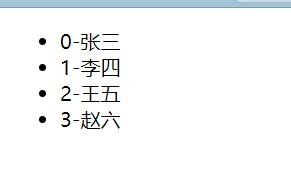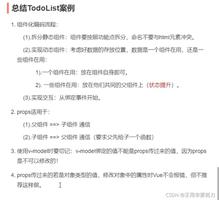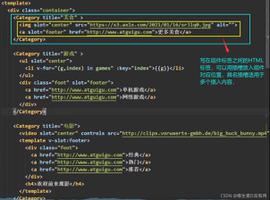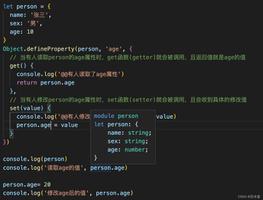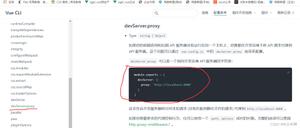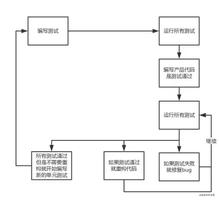vue Slot理解

简介
插槽:简单理解就是组件内部留一个或多个的插槽位置,可供组件传对应的模板代码进去。插槽的出现,让组件变的更加灵活。
一、匿名插槽
// 组件(父) <my-component>
<p>hello,world!</p>
</my-component>
// 组件内部(子)
<div class="child-page">
<h1>子页面</h1>
<slot></slot> // 替换为 <p>hello,world!</p>
</div>
// 渲染结果
<div class="child-page">
<h1>子页面</h1>
<p>hello,world!</p>
</div>
以上是最简单的匿名插槽eg
二、具名插槽
顾名思义就是带名字的插槽,假如需要在组件内部预留多个插槽位置,就需要为插槽定义名字,指定插入的位置。
// 组件(父) <my-component>
<template v-slot:header>
<p>头部</p>
</template>
<template v-slot:footer>
<p>脚部</p>
</template>
<p>身体</p>
</my-component>
// 组件内部(子)
<div class="child-page">
<h1>子页面</h1>
<slot name="header"></slot>
<slot></slot> // 等价于 <slot name="default"></slot>
<slot name="footer"></slot>
</div>
// 渲染结果
<div class="child-page">
<h1>子页面</h1>
<p>头部</p>
<p>身体</p>
<p>脚部</p>
</div>
vue >=2.6.0版本,使用v-slot替代slot 和 slot-scope。
注意三点
- 具名插槽的内容必须使用模板<template></template>包裹
- 不指定名字的模板插入匿名插槽中,推荐使用具名插槽,方便代码追踪且直观清楚
- 匿名插槽具有隐藏的名字"default"
三、具名插槽的缩写和动态插槽名
具名插槽缩写
<my-component> <template #header>
<p>头部</p>
</template>
<template #footer>
<p>脚部</p>
</template>
<template #body>
<p>身体</p>
</template>
</my-component>
动态插槽名
<my-component> <template #[headerPart]> // v-slot:[headerPart]
<p>头部</p>
</template>
<template #footer>
<p>脚部</p>
</template>
<template #body>
<p>身体</p>
</template>
</my-component>
...
data() {
return {
headerPart: 'header'
}
}
四、插槽参数传递
父传子
// 组件(父) <my-component
:title="'我是'"
>
<template #header>
<p>头部</p>
</template>
<template #footer>
<p>脚部</p>
</template>
<template #body>
<p>身体</p>
</template>
</my-component>
// 组件内部(子)
<div class="child-page">
<h1>{{title}}子页面</h1>
<slot name="header"></slot>
<slot name="body"></slot>
<slot name="footer"></slot>
</div>
props: {
title: {
type: String
}
}
以下这种传参是错误的
<my-component :title="'我是'"
>
<template #header>
<p>{{title}}头部</p> // 错误
</template>
<template #footer>
<p>脚部</p>
</template>
<template #body>
<p>身体</p>
</template>
</my-component>
所以如果需要动态修改插槽的内容,就需要子组件传参给父组件。
子传父
// 组件(父)传参并接受参数 <my-component
v-bind="layout" // 传递参数
>
// 可以使用ES6解构{ slotProps }
<template #header="slotProps"> // 接受参数
<p>{{slotProps.headers}}</p>
</template>
<template #footer="slotProps">
<p>{{slotProps.footers}}</p>
</template>
<template #body="slotProps">
<p>{{slotProps.bodys}}</p>
</template>
</my-component>
...
data() {
return {
layout: {
header: '头部',
body: '身体',
footer: '脚部'
}
}
}
// 组件内部(子)
<div class="child-page">
<h1>子页面</h1>
<slot name="header" :headers="header"></slot>
<slot name="body" :bodys="body"></slot>
<slot name="footer" :footers="footer"></slot>
</div>
...
props: {
header: {
require: true
},
body: {
require: true
},
footer: {
require: true
}
}
总结:
父组件传参给子组件,props接收后,插槽slot再通过绑定属性传递参数返回给父组件,不管是模板代码还是数据,控制权完全掌握在父组件手里。
作者:vinterx
链接:https://www.jianshu.com/p/b0234b773b68
来源:简书
著作权归作者所有。商业转载请联系作者获得授权,非商业转载请注明出处。
以上是 vue Slot理解 的全部内容, 来源链接: utcz.com/z/374865.html

